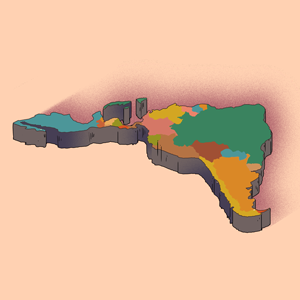An easy way to explain Bitcoin mining
Basically what computers are doing is asking the Bitcoin network each block over and over again: "Is this the number you want? No? What about this one? What about this one? What about this one?" And it goes like this for about Billions of times, until someone finds the number related to that block. The one who finds it gets 3 Brand new Bitcoins (3,125 actually) + transaction fees, getting us closer to that 21 million Bitcoin maximum supply. (You could also explain to the person you're taking to if you want that every 4 years approximately this reward is automatically reduced by 50%, in an programmed event called halving, so as demand grows the amount of new coins entering the market every 4 years is reduced, which leads BTC to increase in price). The faster your machine is at guessing these numbers over and over again, the greater it is your chance of being the one to find the correct number and claiming the reward. That's why it's called mining, because just like gold you're hitting a spot over and over again until you find your reward, the one who finds it, keeps it. The only difference is that the reward is always the same (except for the fees which depend on volume of transactions) while gold you can find a big chunk of it, or just some dust of gold. Bônus info: Because technology is always evolving and the Bitcoin network needs to work as stable as possible, the network has a auto mechanism that increases or decreases the amount of information computers need to guess in order to keep an average of 10 minutes per blocks. That way, if computers are finding new blocks too fast the network makes more difficult to find that information in future blocks, so the flow of new coins entering the market always remains the same, preventing a mess in Bitcoin's value. submitted by /u/PollabBTC [link] [comments]
Basically what computers are doing is asking the Bitcoin network each block over and over again:
"Is this the number you want? No? What about this one? What about this one? What about this one?"
And it goes like this for about Billions of times, until someone finds the number related to that block. The one who finds it gets 3 Brand new Bitcoins (3,125 actually) + transaction fees, getting us closer to that 21 million Bitcoin maximum supply. (You could also explain to the person you're taking to if you want that every 4 years approximately this reward is automatically reduced by 50%, in an programmed event called halving, so as demand grows the amount of new coins entering the market every 4 years is reduced, which leads BTC to increase in price).
The faster your machine is at guessing these numbers over and over again, the greater it is your chance of being the one to find the correct number and claiming the reward.
That's why it's called mining, because just like gold you're hitting a spot over and over again until you find your reward, the one who finds it, keeps it. The only difference is that the reward is always the same (except for the fees which depend on volume of transactions) while gold you can find a big chunk of it, or just some dust of gold.
Bônus info: Because technology is always evolving and the Bitcoin network needs to work as stable as possible, the network has a auto mechanism that increases or decreases the amount of information computers need to guess in order to keep an average of 10 minutes per blocks. That way, if computers are finding new blocks too fast the network makes more difficult to find that information in future blocks, so the flow of new coins entering the market always remains the same, preventing a mess in Bitcoin's value.
[link] [comments]
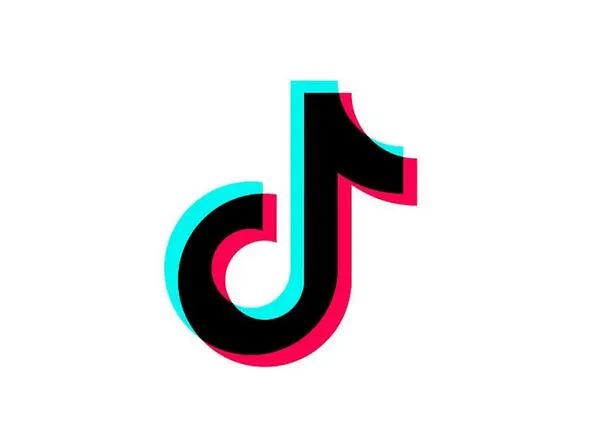

![How to Find Low-Competition Keywords with Semrush [Super Easy]](https://static.semrush.com/blog/uploads/media/73/62/7362f16fb9e460b6d58ccc09b4a048b6/how-to-find-low-competition-keywords-sm.png)

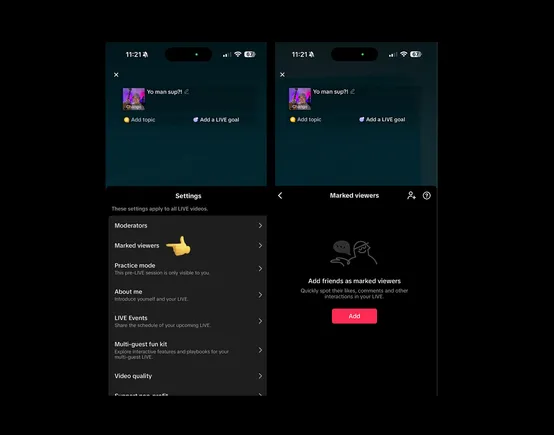
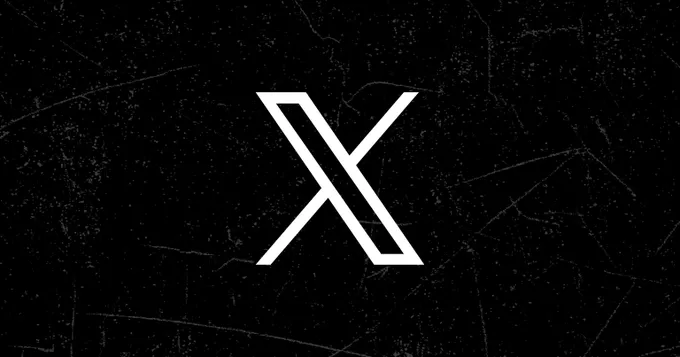
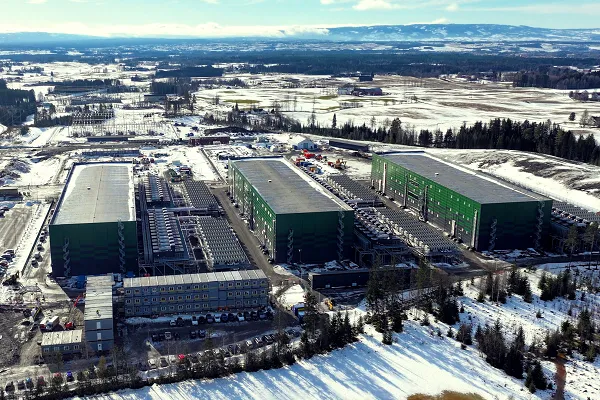

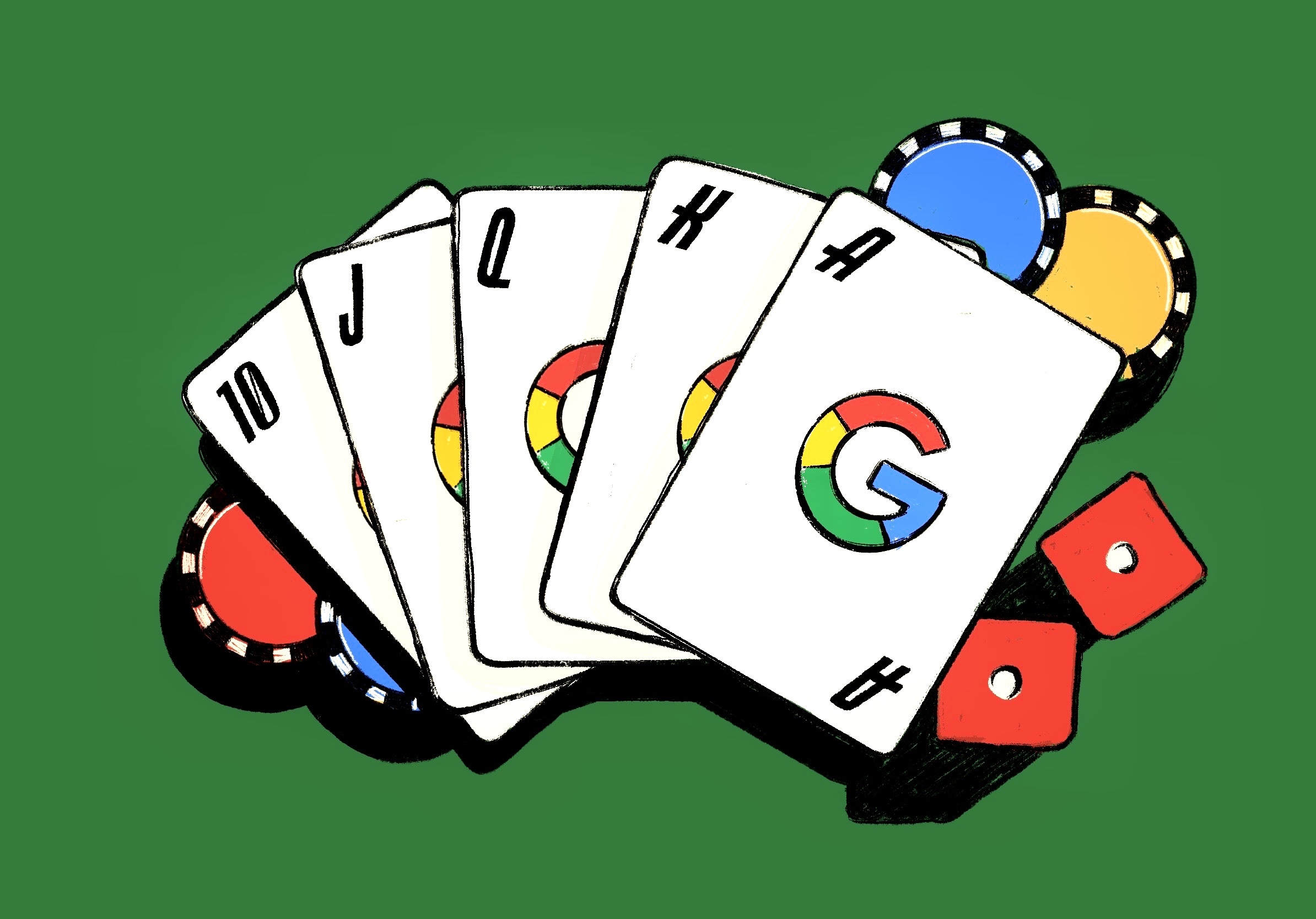
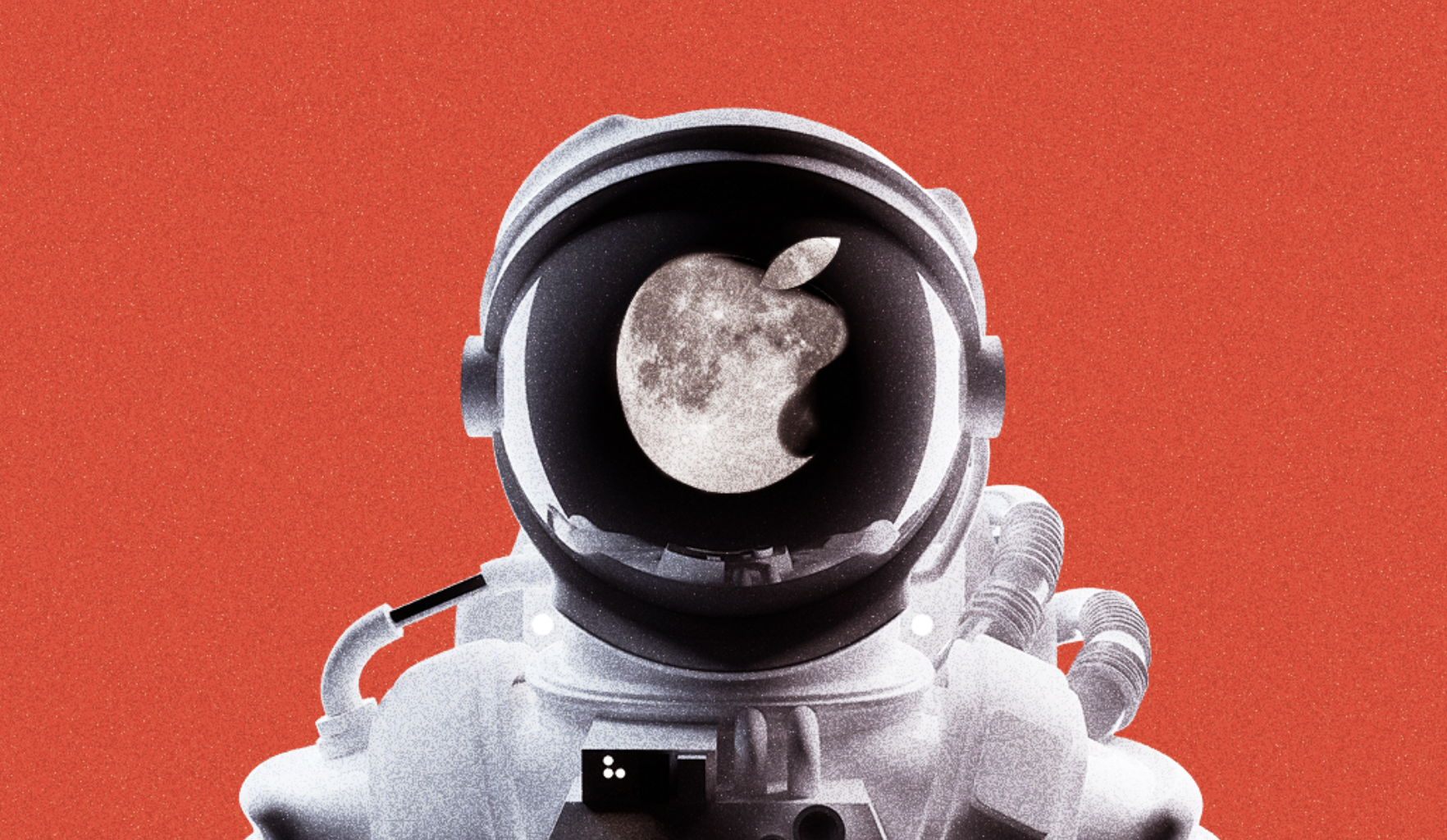














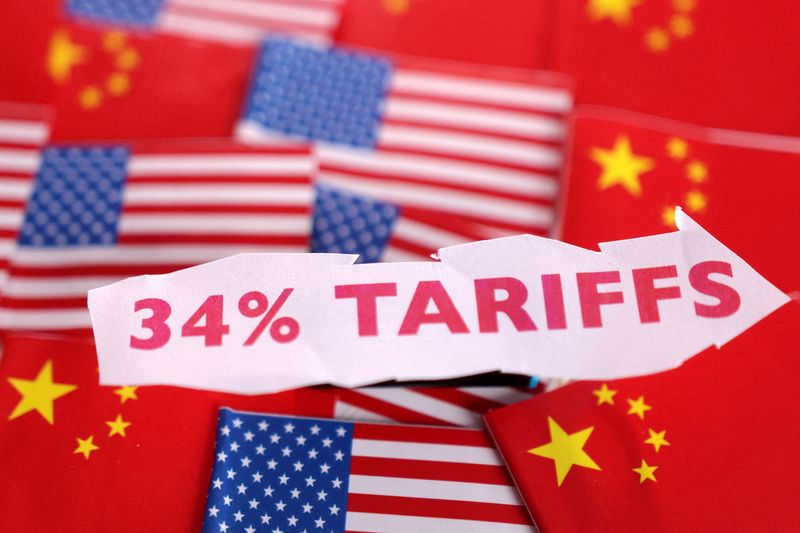
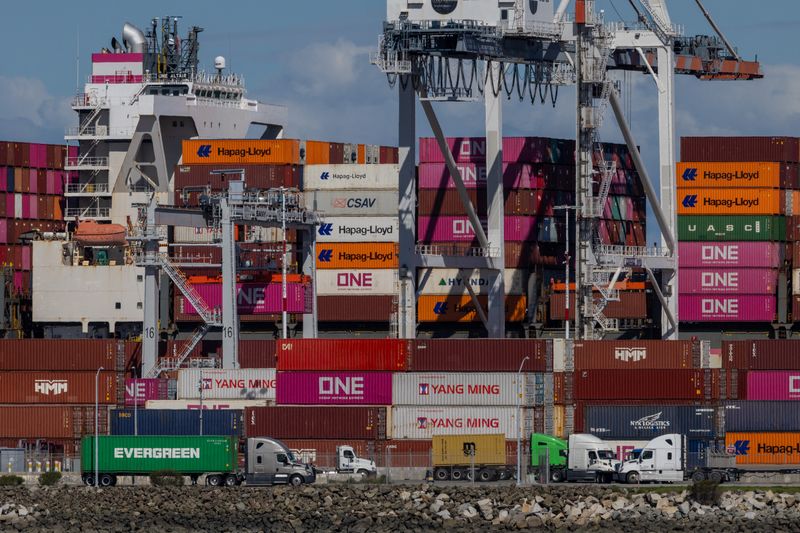
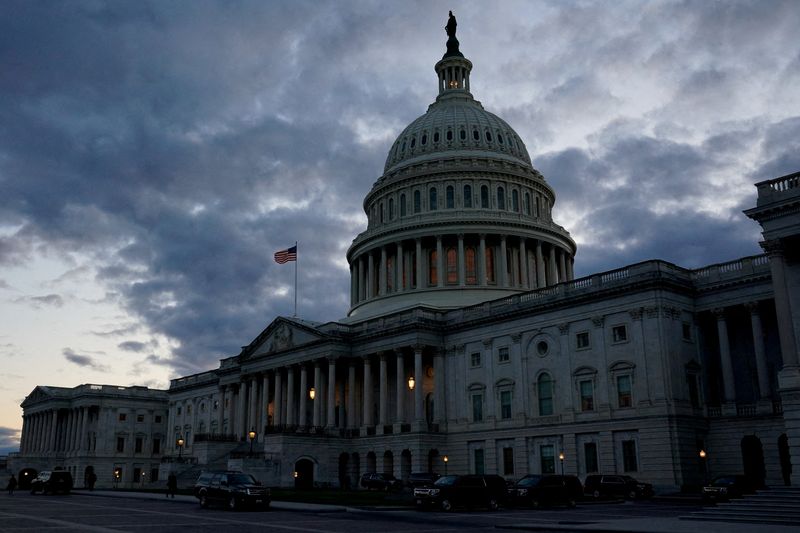
















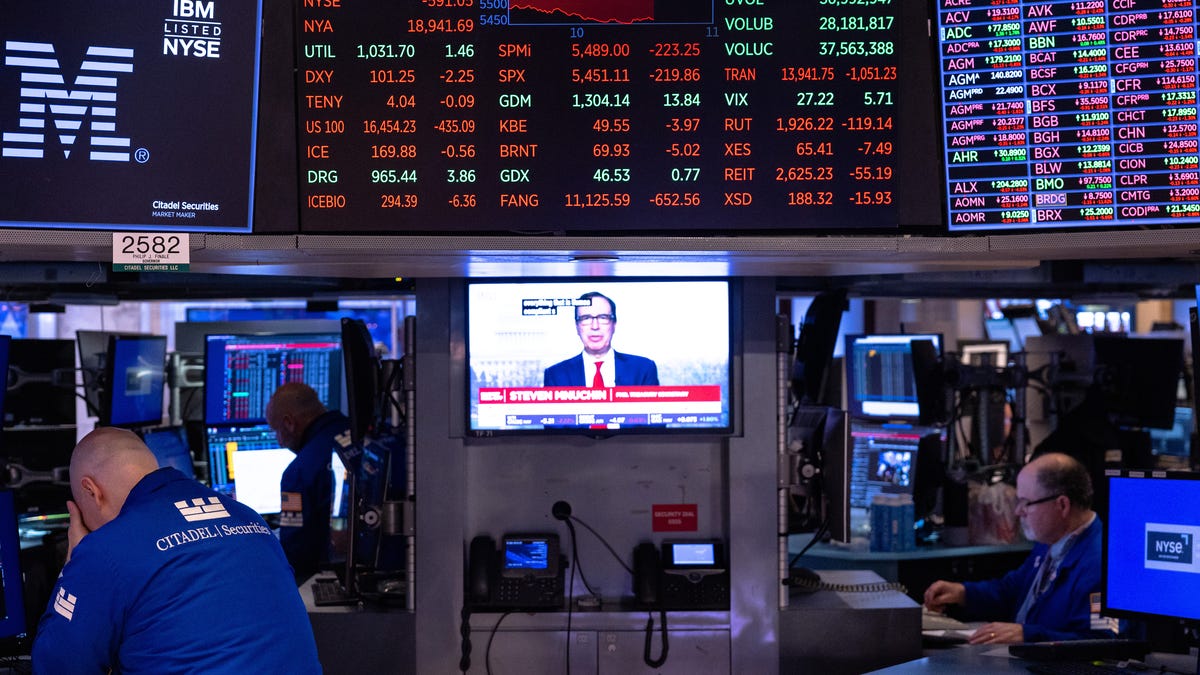

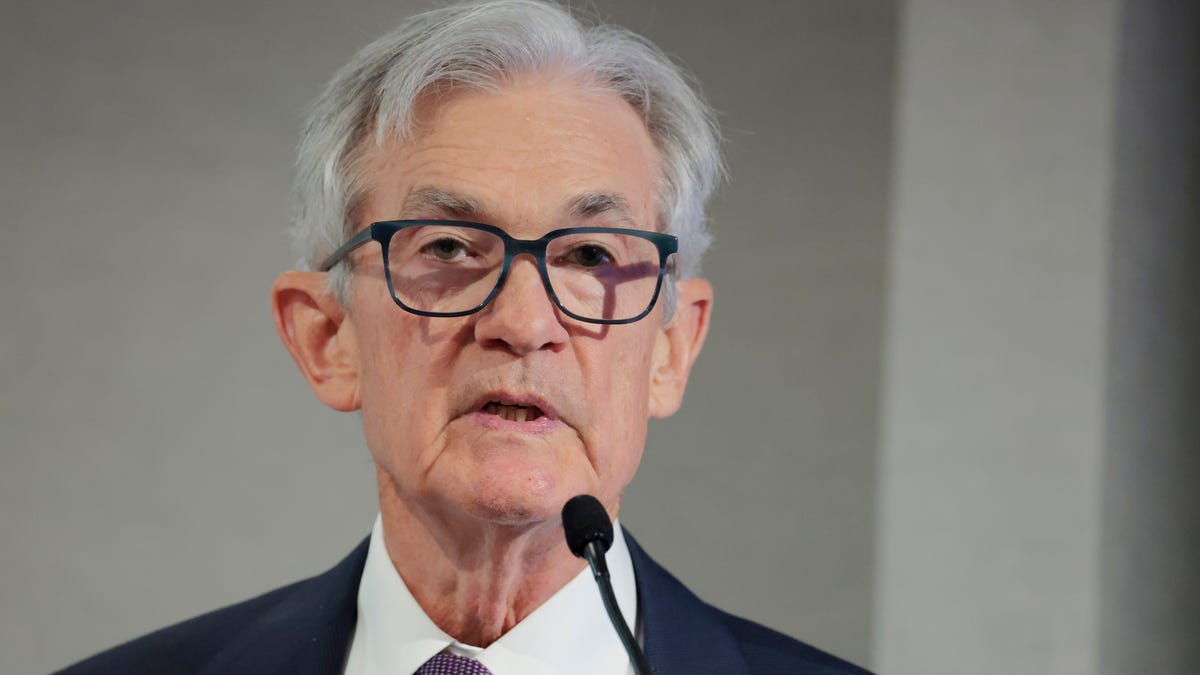































































































































.jpg)
%20Abstract%20Background%20112024%20SOURCE%20Amazon.jpg)

















